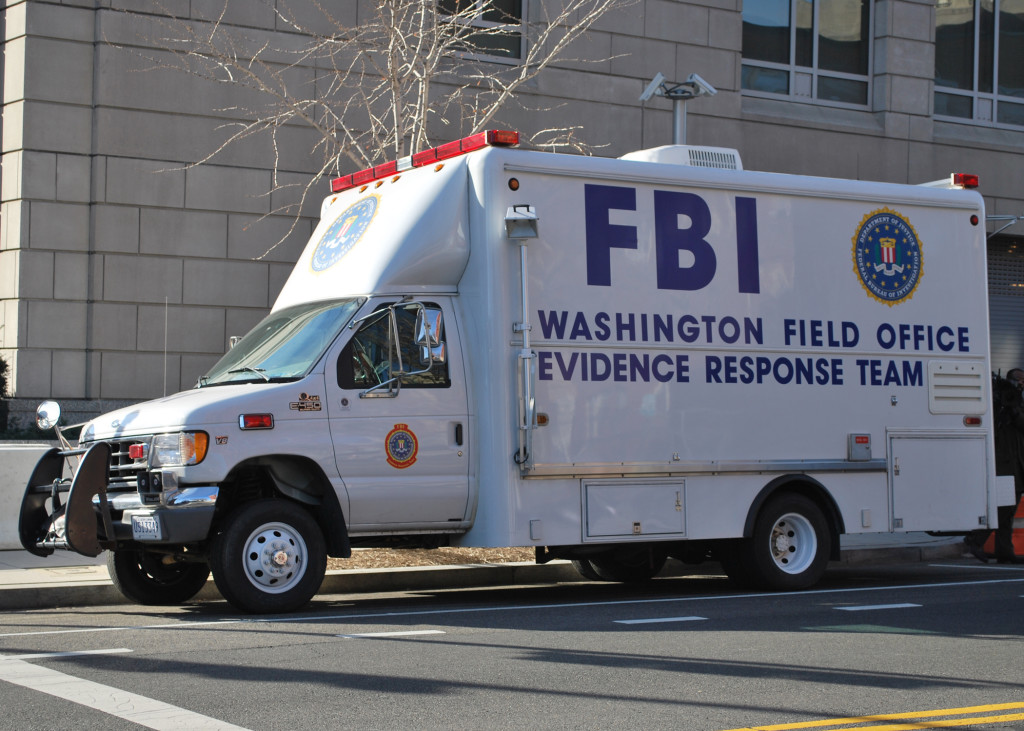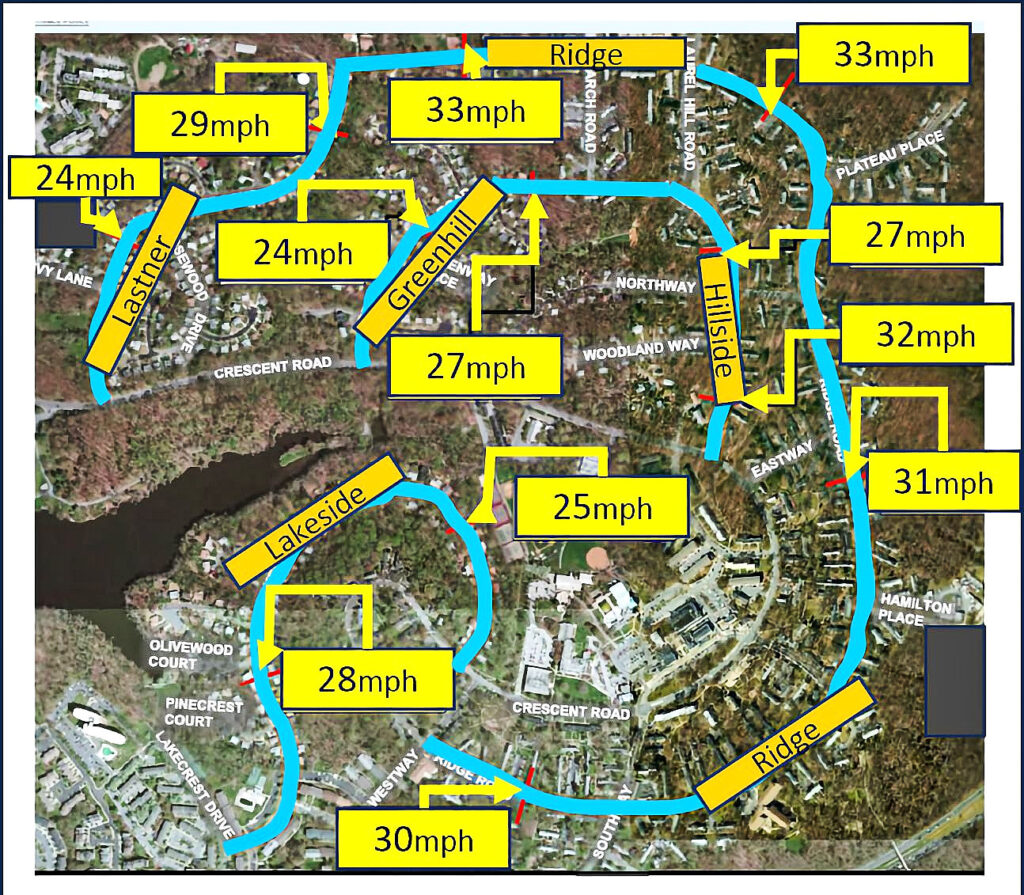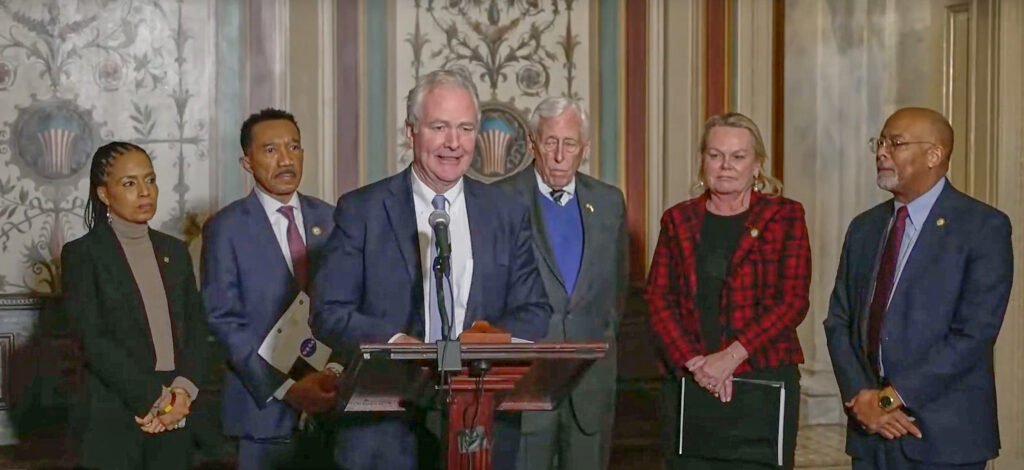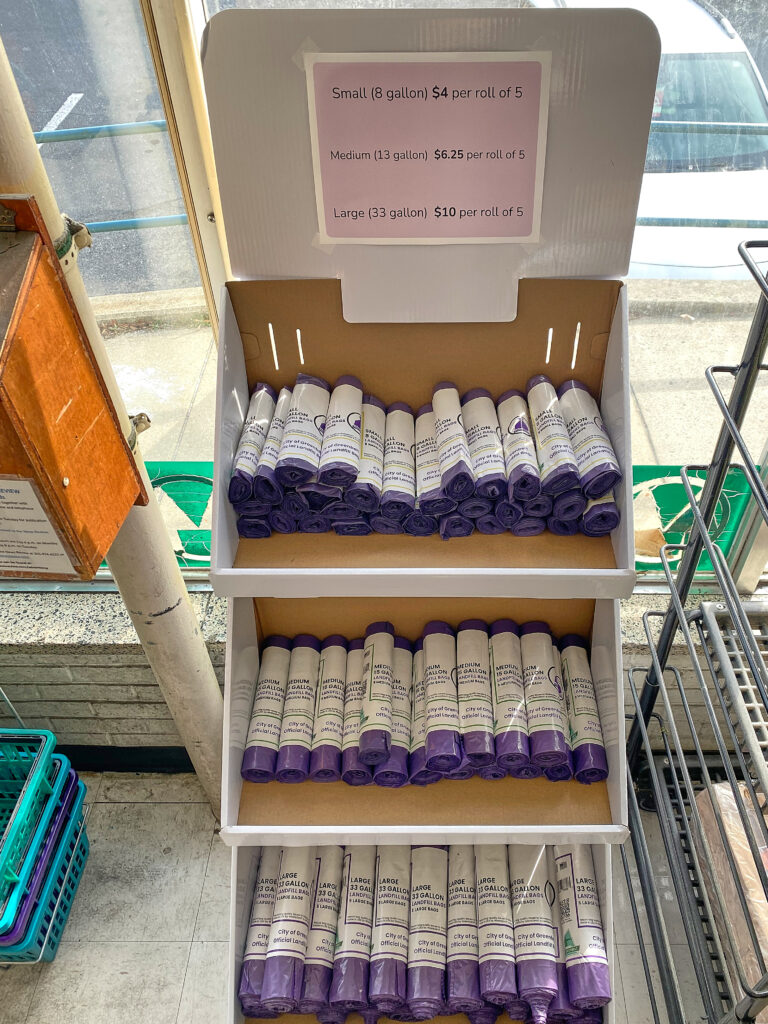At its December 14 meeting, the Greenbelt City Council received a briefing on the draft Environmental Impact Statement (EIS) for the Federal Bureau of Investigation (FBI) Headquarters Consolidation project. Council directed staff to draft a response to the statement focusing on the Greenbelt site. Council plans to review the draft letter at a special meeting on Monday, January 4 so that it can submit its comments by the January 6 deadline. Copies of the draft EIS are available online at gsa.gov or by searching for EIS FBI HQ. Council had previously discussed the EIS in a worksession on December 9.
The EIS considered three possible sites for the facility: at the Greenbelt Metro Station, the site of the former Landover Mall and the General Services Administration (GSA) Franconia Warehouse Complex in Springfield, Virginia. Each site was evaluated against the alternative, however, no action should not be confused with no build. In Greenbelt’s case, action refers to development of the entire site as a mixed use community including 800 residential units, 1.4 million square feet of retail space, 1.86 million square feet of office space and two hotels totaling 550 rooms.
The EIS was prepared by GSA as lead agency with the FBI, National Capital Planning Commission (NCPC), and National Park Service as cooperating agencies. The EIS is based upon a conceptual design that fits the FBI’s needs, not any specific design. The Headquarters building is projected as a 17-story building with 3,600 to 7,300 parking spaces in one or more garages plus 135 to 323 surface visitor spaces adjacent to the visitor center, outside the secure perimeter.
The briefings at both the worksession and council meeting were conducted by Garth Beall, an attorney with McNamee, Hosea, representing Renard Development. In most areas of analysis, the EIS only looks at the FBI facility. However, the traffic and transportation analysis looks at other development planned in the area including the mixed use development anticipated on the remainder of the site.
Renard expects to bid on the project and, if that bid is successful, to also build the mixed use development on the Greenbelt Station site. He told council that if he could have developed the entire site as a mixed use development, he would have, but that the infrastructure costs are so high that it was not feasible.
Beall noted that the Greenbelt Alternative is the most expensive site of the three under consideration, although he also considered it the most suitable site. However it is most consistent with the goal of having a transit oriented development, is the only one that will not require a shuttle to Metro and, unlike Springfield, does not require moving existing tenants.
Impacts
The EIS identifies four “major adverse impacts” resulting from the Greenbelt Alternative: 1) Visual Resources, 2) Public Transit – bus, 3) Traffic and 4) Natural Gas.
The visual impact of the site will mainly affect North College Park and the Capital Beltway. Beall said that his company has had extensive analysis done and concluded that while the project will change the skyline and will be visible to some homes in North College Park, the project should be mostly shielded by the trees, though more visible in winter. Shadows, if they reach residences at all, should be an impact, he said, for only short periods on winter mornings.
The major adverse impact on visual resources, according to the EIS, is for traffic on the elevated beltway passing the project, which would then see project instead of the parking lot. Council did not appear terribly troubled by this impact.
Natural Gas – following consultations with Washington Gas, Beall says that the study missed the primary gas main in the area, along Greenbelt Road, which has sufficient capacity to meet the needs of the project.
Public Transit (bus) – the bus routes in the area have the capacity needed to service the project. The adverse impact stems from buses getting stuck in traffic. The mitigations planned for traffic are expected to effectively mitigate the bus impact except at Edmonston and Powder Mill Roads.
Traffic
The EIS proposes that several mitigation steps be taken to reduce the project’s impact on traffic. Even with these mitigations, the intersection of Edmonston and Powder Mill Roads. will continue to fail during the evening rush hour.
Councilmember Judith Davis, at the December 9 worksession, cautioned her colleagues about the need to stay vigilant against those who want Edmonston Road widened, saying that this new development could give them added clout.
The mitigations would substantially alter Edmonston Road. The recommended improvements to Edmonston Road include:
Northbound Edmonston at Powder Mill – create a 400 foot left turn lane, lengthen the right turn lane by 50 feet resulting in a 325 foot right turn lane, one through lane and two left turn lanes. Extend the northbound left turn lane back to Sunnyside – resulting in widening the northbound direction by one lane and adding a second departing lane about 700 feet along westbound Powder Mill resulting in two westbound travel lanes for 700 feet.
Edmonston Road at Sunnyside Avenue – for the Edmonston Northbound approach, create a new through lane extending back 450 feet back to match the left turn distance, resulting in one left turn lane and two through lanes. For southbound approach create a new through lane extending back 600 feet resulting in two through lanes and one right turn lane. Add a second departing lane of 1,500 feet along southbound Edmonston resulting in two southbound travel lanes for 1,500 feet.
Greenbelt Road at 60th Avenue – create a new 120-foot lane resulting in one left turn lane and one shared through/right turn lane.
Beall acknowledged a significant impact on traffic as confirmed in the EIS. He said that the FBI’s traffic management plan allocates just 3,600 employee parking spaces and 3,735 overall with visitor parking.
Projected parking relative to the prior mixed use development on the site is projected to see a 57 percent reduction in morning trips and a 74 percent reduction in evening trips.
Councilmember Rodney Roberts “seriously doubt[ed] that traffic would be reduced.” He also questioned whether it was realistic to expect only 30 percent of employees would drive to the site. When Beall said “they’ll have no choice,” Roberts countered “they’ll find a place to park.”
Environmental Impacts
There were no significant adverse natural impacts, largely because the development options all represent an improvement over an impervious parking surface with minimal stormwater management controls. Under federal requirements, according to Beall, all federal facilities must mitigate all stormwater effects to the level of the undisturbed land, in this case, a wooded parcel, to the extent practical. There will be short-term impacts related to construction.
Two acres of vegetation will be permanently cleared for drive aisles, stormwater management pond and the fence but the vegetation is mostly grasses, shrubs and saplings, Beall said. However some trees could be removed depending upon the final design. Any disruption to the floodplain would have to be fully mitigated.
The one area of concern voiced at the meeting relates to the wetlands portion of the site (75 acres per Councilmember Rodney Roberts.) This land is to be left undeveloped, but it is expected that a fence will be placed around this property. The location and nature will not be known until the security requirements are released. The state has already granted a temporary 22-acre security easement to the federal government that would preserve this land in its current state. If the Greenbelt Alternative is selected the state Board of Public Works is expected to make this easement permanent.
Davis asked whether the fence will cross the creek, but that level of detail is not yet available.
Services
One key issue of concern to council is not addressed in the EIS and so council will raise it in other venues. That is the question as to whether the project will be built as a government owned facility or as a leased facility. If government owned, the city and county would not receive any property tax revenue from the site to cover the increased cost of providing services such as police and fire protection to the property.
Errors
Some of the city’s comments will focus upon apparent errors in the EIS. The EIS considers the county to be the local jurisdiction and so mistakenly talks about the city’s police department as being a portion of the county police. It also overstates the distance from the police station to the site.
According to Beall, the EIS overlooks an existing gas main that has adequate capacity, based upon his firm’s conversations with Washington Gas, for the new facility. Based upon Renard’s consultations with PEPCO, Beall feels that the EIS requirements for electricity are unrealistically high. (The EIS ignores the requirement that government buildings meet high standards for energy efficiency.)
However, the electrical requirements at this stage, are essentially a guess. The requirements for whatever data center the FBI plans onsite have not yet been provided.
Likewise, the security requirements are not yet known. These will not be released publicly, but are expected to be shared with potential bidders under secure conditions. It is possible that these requirements could create additional impacts.
Next Steps
After GSA receives and reviews the comments received, it will produce a second draft EIS. The final EIS will not be produced until the contract to build the project is awarded.




